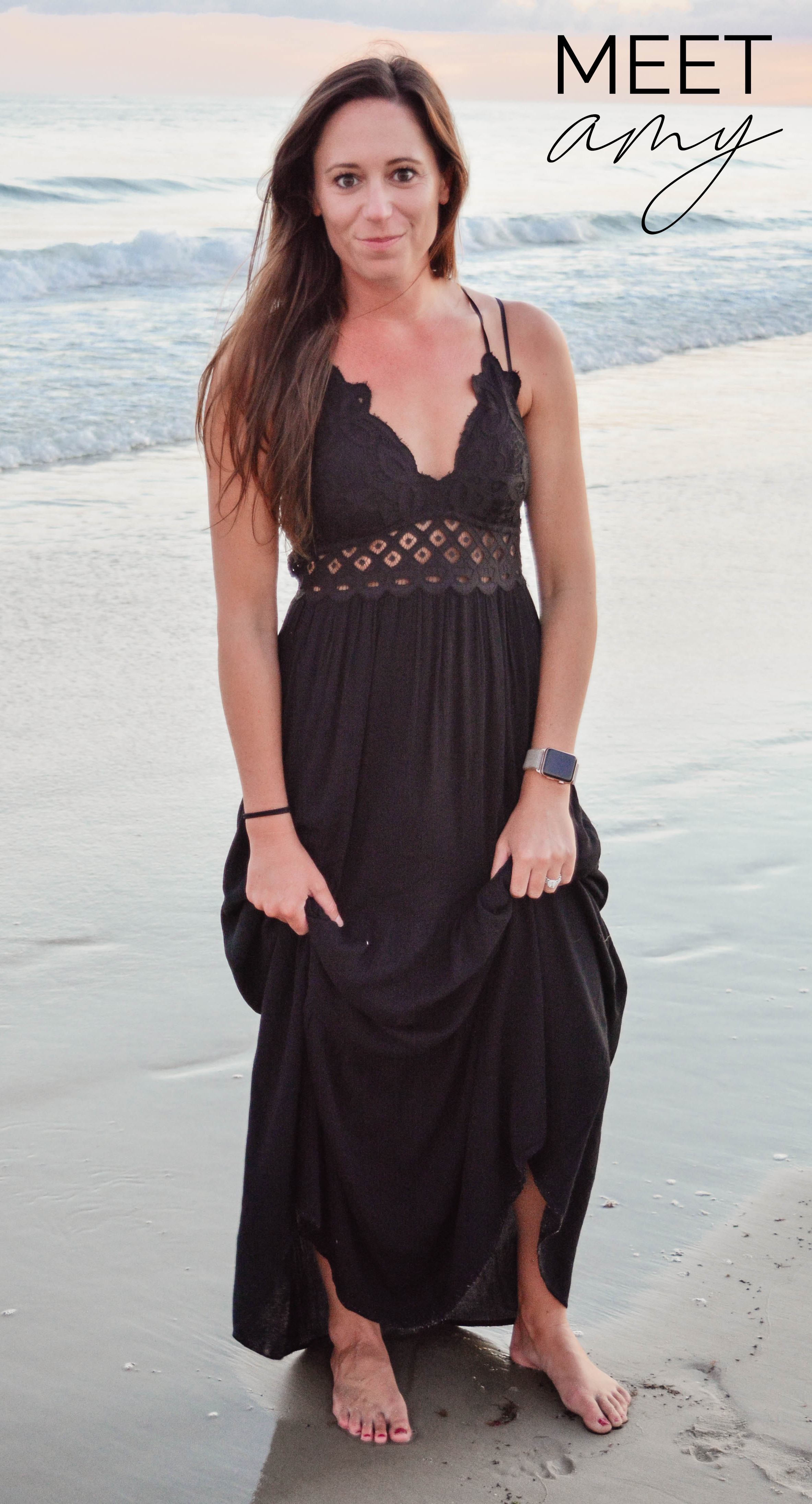I’ve been doing A LOT of paint selections for clients lately…I literally spent a week with a paint deck in my purse {and always have one in my car!}. I honestly believe that EVERY PERSON needs to do their research and/or get some sort of professional help when selecting colors for their home. I’ve seen too many client-chosen colors that are completely wrong for a space {periwinkle blue, pinkish taupe, lime green…just overall bad decisions} in addition to houses covered in super bland “safe” colors. There needs to be good mix of colors that all work well together {without being too clown-ish–there’s a fine line}, the colors need to lead you through the space {accent walls}, evoke a certain emotion or feeling {calming, energizing, uplifting}, and be appropriately light or dark for the space they’re used in. Next week I plan to post on my favorite “go-to” colors that work in almost every home as well as some great color palettes….but this week we are talking strictly color and how it is known to affect your mood.
RED- Red raises a room’s energy level. It’s a good choice when you want to stir up excitement, particularly at night. In the living room or dining room, red draws people together and stimulates conversation. In an entryway, it creates a strong first impression. Red has been shown to raise blood pressure, speed respiration and heart rate. It is usually considered too stimulating for bedrooms, but if you’re only in the room after dark, you’ll be seeing it mostly by lamplight, when the color will appear muted, rich, and elegant. Red, the most intense, pumps the adrenaline like no other hue.


ORANGE- evokes excitement, enthusiasm and is an energetic color. While not a good idea for a living room or for bedrooms this color is great for an exercise room. It will bring all the emotions out that you need when jumping into your fitness routine. In ancient cultures orange was used to heal the lungs and increase energy levels. You can read at Surepaint blog about the different colours that could suit your house needs and also the colours that can fit different parts of your house.


YELLOW- Yellow captures the joy of sunshine and communicates happiness. It’s perfect for kitchens, dining rooms, and bathrooms, where happy color is energizing and uplifting. In halls, entries, and small spaces, yellow can feel expansive and welcoming. While yellow although is a cheery color, is not a good choice in main color schemes of a room where you spend a lot of time {think accents for those spaces}. People are more likely to lose their tempers in a yellow room. Babies also seem to cry more in a yellow room. This color is the most fatiguing on the eyes. In chromotherapy yellow was believed to stimulate the nerves and purify the body.

GREEN- Green is considered the most restful color for the eye. Combining the refreshing quality of blue and the cheerfulness of yellow, green is suited to almost any room in the house. In a kitchen, a sage or medium green cools things down; in a family room or living room, it encourages unwinding but has enough warmth to promote comfort and togetherness. Green also has a calming effect when used as a main color for decorating. It is believed to relieve stress by helping people relax. In a bedroom, it’s relaxing and pleasant….it’s also believed to help with fertility so be careful when painting your bedroom green ;)


BLUE- Blue brings down blood pressure and slows respiration and heart rate. That’s why it’s considered calming, relaxing, and serene, and is often recommended for bedrooms and bathrooms. Be careful, while choosing the MOST POPULAR PAINT COLORS FOR THE ROOMS IN YOUR HOME: A pastel blue that looks pretty on the paint chip can come across as unpleasantly chilly when it’s on the walls and furnishings, especially in a room that receives little natural light. If you opt for a light blue as the primary color in a room, balance it with warm hues in the furnishings and fabrics.



VIOLET- Purple in its darkest values (eggplant, for example) is rich, dramatic, and sophisticated. It’s associated with luxury as well as creativity, and as an accent or secondary color, it gives a scheme depth. Lighter versions of purple, such as lavender and lilac, bring the same restful quality to bedrooms as blue does, but without the risk of feeling chilly. This is one of my absolute favorite colors for an interior…and when you live with a guy, you tell him it’s brown. They will believe you…


NEUTRALS- are the same in interiors as they are in fashion…you need a few staples that will go with everything. All-neutral schemes fall in and out of fashion, but their virtue lies in their flexibility: Add color to liven things up; subtract it to calm things down. Black is best used in small doses as an accent…some experts actually maintain that every room needs a touch of black to ground the color scheme and give it depth.




XOXO






